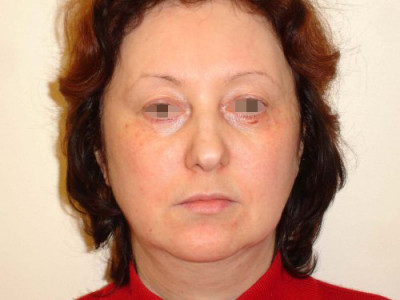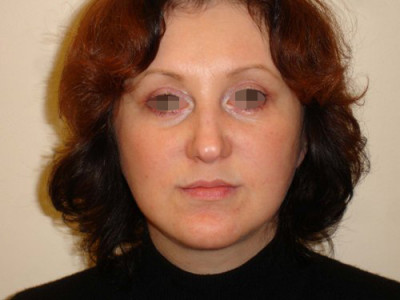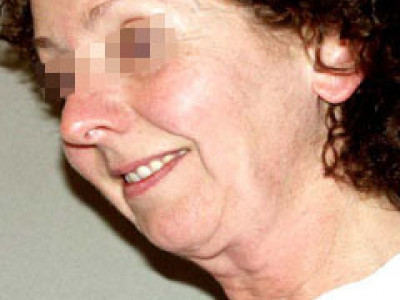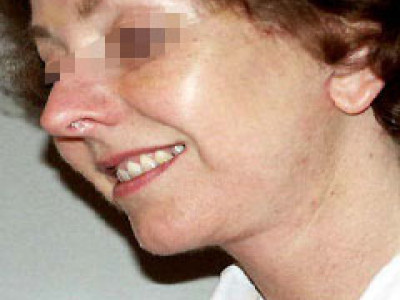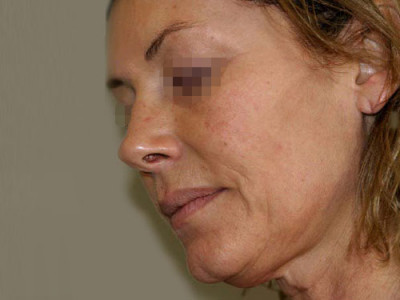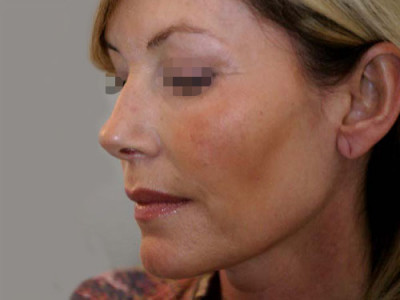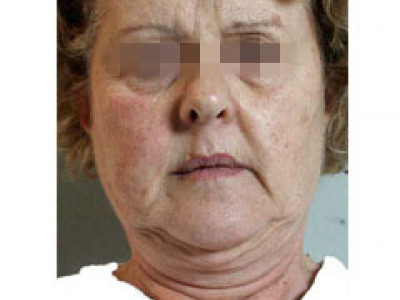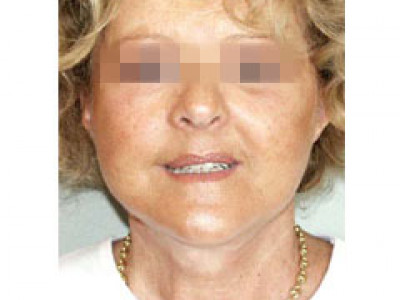Endoscopic face lift is a technique of surgical lifting using endoscopic method, when all the manipulations are carried out through micro-punctures in the temporal region.
Due to endoscopic access, the surgery leaves no visible signs, and minimal invasiveness of the procedure reduces injury during the intervention and significantly decreases the rehabilitation period.
Types of endoscopic lift
Endoscopic forehead and eyebrow lift is used to rejuvenate the upper third of the face, eliminate eyebrow wrinkles, correct overhanging eyebrows (due to age-related changes or structural features of the face, when overhanging eyebrows give the face a gloomy, unfriendly look). The technique also gives an opportunity to work with the eye shape and its harmonization with the eyebrows, to give more aesthetics to the entire appearance, to make the look more youthful and honest.
Endoscopic lift of the upper third of the face is also aimed at rejuvenating the periorbital zone and can effectively solve the problem of lowering of the eye corners, correct the outer edge of the eyebrow, eliminate deep wrinkles and folds in the temporal region.
Endoscopic lift of the middle zone of the face helps to tighten the tissues and restore the volume of the zygomatic area, eliminate pronounced nasolabial and nasolacrimal folds, deep wrinkles and creases. The problem of cheek ptosis and loss of the defined face oval is solved during the procedure.
Indications for endoscopic skin tightening
Endoscopic face lift is recommended for the correction of the following aesthetic problems:
- tired look, ptosis;
- facial asymmetry;
- eyebrow wrinkles and wrinkles on the forehead;
- crow's feet and lowered corners of the eyes;
- loss of natural face volume;
- nasolabial folds and lowering of the mouth corners;
- the effect of overhanging eyebrows.
With the endoscopic lift, the skin is not excised, so lift will not be effective for patients with excess skin. The correction will give the best result to patients aged 30-45 years with age-related changes in the face.
Contraindications
The procedure is contraindicated in the following cases:
- chronic diseases in the acute stage;
- diabetes mellitus;
- bleeding disorders;
- acute viral infections;
- acute infectious diseases (respiratory diseases, tonsillitis, pneumonia, etc.).
- endocrine pathology.
How is endoscopic lift performed?
Before the operation, the patient must undergo a complete preoperative examination. The list of investigations and tests is given by a surgeon during a face-to-face consultation.
The entire list of tests and investigations can be carried out on the spot at the EMC clinic. In the absence of contraindications, the doctor determines the day of surgery.
Endoscopic facelift is performed under general anesthesia. The duration of the operation depends on the amount of intervention and usually does not exceed 1-2 hours.
During the operation, the surgeon makes small incisions in the temporal region, which he uses to move and fix the soft tissues of the face in the desired position through. The incisions are afterwards fixed with surgical staples and the operation is completed.
After the operation, the patient spends a day in the hospital, then the recovery period continues at home. On average, rehabilitation takes 12-14 days. During this time, the patient fully recovers and can return to usual lifestyle.
The effect of the procedure
For young women and men aged 30-40, endoscopic lift makes it possible to carefully eliminate those age-related changes that are still very difficult to detect, but already noticeable (loss of defined face oval, first deep wrinkles, ptosis in the initial stage), occurring to the face after 30.
In case of more pronounced age-related changes in the face endoscopic lift can be combined with chin endoprosthetics, anti-aging rhinoplasty, lipofilling, contour plasty using fillers. The non-surgical SMAS-lift of the Ulthera System allows working on the neck and décolleté and make the face oval perfect.
A combination of techniques can help to achieve rejuvenation for 10-17 years, maintaining the naturalness of facial expressions and balanced appearance at the same time. The list of necessary procedures is worked out individually in each case.
Frequently Asked Questions
Is it possible to correct the results of unsuccessful endoscopic lift?
The effect of “unsuccessful tightening” is subjective, therefore, during the consultation the surgeon first needs to understand what exactly the patient was unsatisfied with after the operation and then can offer options on how to correct these changes.
From what age is it recommended to do an endoscopic skin tightening?
Correction is recommended for patients from 30 years with age-related changes in the face.
How long does the effect last after endoscopic lift?
The effect of the operation depends on the individual characteristics of the patient. On average, the aesthetic result of the lifting procedure remains from 5 to 10 years.
[block:webform=client-block-3356]
